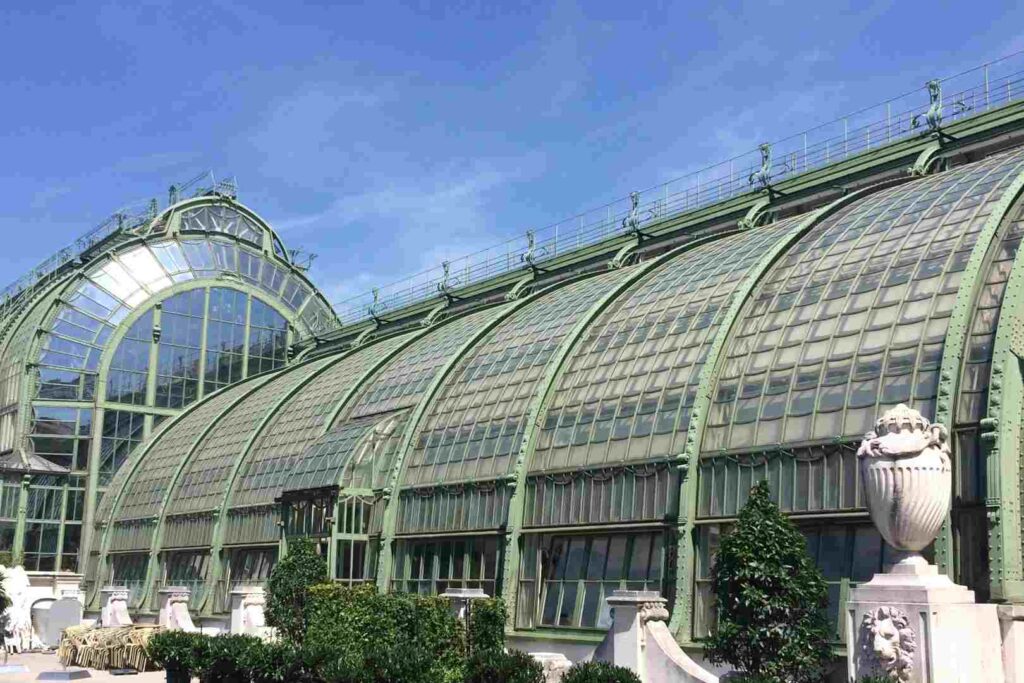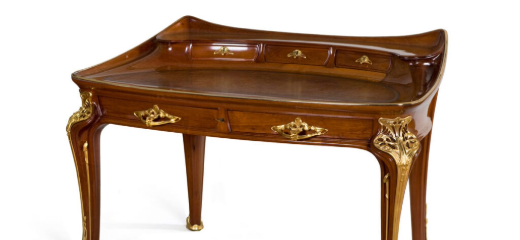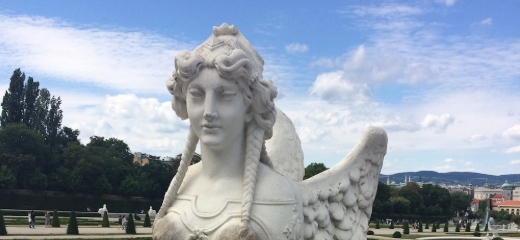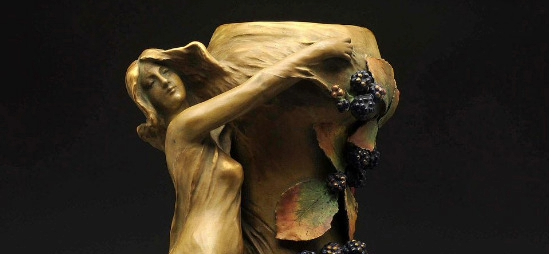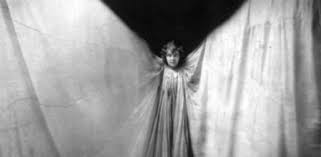The MAK Museum in Vienna is not just a museum—it’s a vibrant crossroads where the past and future of art, design, and craftsmanship converge. Founded in 1863 at the behest of Emperor Franz Joseph, the museum has been a constant in Vienna’s ever-shifting cultural landscape. It stands gracefully along the Ringstrasse, a boulevard famous for its architectural grandeur and imperial legacy, and is considered one of its crown jewels. What began as an ambitious project to bring applied arts to the forefront of intellectual and industrial life has blossomed into a global institution where historic integrity meets cutting-edge experimentation.
Walking into the MAK is like entering a living chronicle of human creativity. Its vast permanent collection spans centuries and continents—from illuminated manuscripts and intricate tapestries to avant-garde fashion pieces and provocative digital installations. With over a million objects and printed works under its care, the MAK is a sanctuary for those who cherish the tactile beauty of well-made things. It houses the world’s largest museum collection from the Wiener Werkstätte, a revolutionary design workshop that blurred the boundaries between art and everyday life, redefining furniture, textiles, jewelry, and interiors in the early 20th century. In this archive, you don’t just see objects—you witness the ideals and philosophies of an entire artistic movement.
But what sets the MAK apart is not just the scale of its collection—it’s the way it invites you to interact with it. Through provocative special exhibitions that crisscross disciplines like architecture, fashion, digital culture, and social design, the museum creates a narrative that feels immediate and alive. Visitors may encounter Gustav Klimt’s designs one moment and find themselves contemplating a futuristic eco-utopia the next. The exhibition design itself often serves as a creative playground, where historic objects are recontextualized by contemporary artists, challenging visitors to see familiar artifacts in strikingly new ways.
The museum’s architectural majesty is impossible to ignore. Inside the imposing building, visitors are greeted by the awe-inspiring Columned Main Hall—its 32 massive granite columns and gleaming marble elements speak to a reverence for classical craftsmanship and Viennese splendor. The use of stucco lustro, an ancient Roman technique of imitating marble through polished plaster, adds depth and luminosity to the walls, while reinforcing the MAK’s mission to honor and preserve artisanal mastery. This building is not merely a backdrop to the art—it is itself a sculptural experience.
Accessibility and inclusivity are embedded in the MAK’s ethos. The museum has gone to great lengths to ensure that all guests—regardless of physical ability—can enjoy the space in full. Its entrances, exhibition halls, restrooms, restaurant, and museum shop are all barrier-free, and seeing-eye dogs are welcomed with open arms. Free admission for young people under 19, as well as free entry for caregivers of disabled visitors, signals a commitment to equity and education that runs deeper than policy—it’s a value system made visible. The museum has also embraced the digital age, offering immersive virtual tours and interactive online archives that allow global audiences to experience its treasures from anywhere in the world.
This commitment to accessibility extends into its educational programming, which is rich, dynamic, and always evolving. From children’s workshops to international research fellowships, the MAK fosters dialogue between generations and disciplines. Its fellows tackle everything from the ethics of urban planning to the impact of algorithmic design, turning the museum into a lab for forward-thinking experimentation. Collaborations with contemporary artists further amplify this spirit—installations by Jenny Holzer, Barbara Bloom, Donald Judd, and others not only reinterpret the MAK’s historical holdings, they breathe new energy into its spaces, reminding visitors that history is not static.
The museum’s foundational mission—envisioned by figures like Jacob von Falke and Rudolf von Eitelberger—was to elevate the quality of design and mechanical arts across Austria. This goal still pulses through the institution today, but it has expanded to include a global, interdisciplinary perspective. The MAK now addresses issues such as sustainability, urban identity, and digital transformation through its exhibitions and partnerships. Exhibits like The Great Viennese Café, Ceramics from Vietnam, or Gustav Klimt’s Cartoons for Stoclet House speak not only to the past but also to present-day questions about culture, labor, and aesthetics.
Visitors don’t just walk through galleries—they step into stories. Whether you’re admiring an ancient Persian carpet or pondering an AI-generated sculpture, the museum asks you to look closer, to consider how beauty intersects with utility, and how art shapes the environments we live in. It’s this interplay of form and function, history and speculation, that makes the MAK endlessly fascinating. And while it is certainly a place of quiet contemplation, it is also one of provocation—a space that asks us not just to consume culture, but to participate in it.
For those who wish to go beyond the traditional museum visit and truly immerse themselves in Vienna’s turn-of-the-century magic, artnouveau.club offers a curated entry into the city’s most captivating artistic period. These private Art Nouveau tours go far beyond the usual stops, guiding visitors through the sinuous lines, golden mosaics, and organic motifs that defined a generation of visionaries. Led by local experts and art historians, the tours connect the dots between architecture, painting, design, and even lifestyle—turning Vienna into a three-dimensional canvas of the Jugendstil movement.
With exclusive access to key locations and behind-the-scenes stories that aren’t found in guidebooks, these bespoke experiences breathe life into the works of Otto Wagner, Josef Hoffmann, Koloman Moser, and, of course, Gustav Klimt. The MAK is often a central stop on these tours—not just for its unrivaled Wiener Werkstätte holdings, but for the way its curatorial approach mirrors the Art Nouveau spirit: total, immersive, and unafraid to challenge conventions.
Whether you’re marveling at Klimt’s preparatory cartoons, tracing the fluid geometry of a Wagner-designed façade, or sipping coffee in a perfectly preserved Jugendstil café, artnouveau.club creates a deeply personal and unforgettable journey through Vienna’s golden age of beauty and innovation. These private tours are more than sightseeing—they are invitations to step inside a world where art was life, and life was art.

